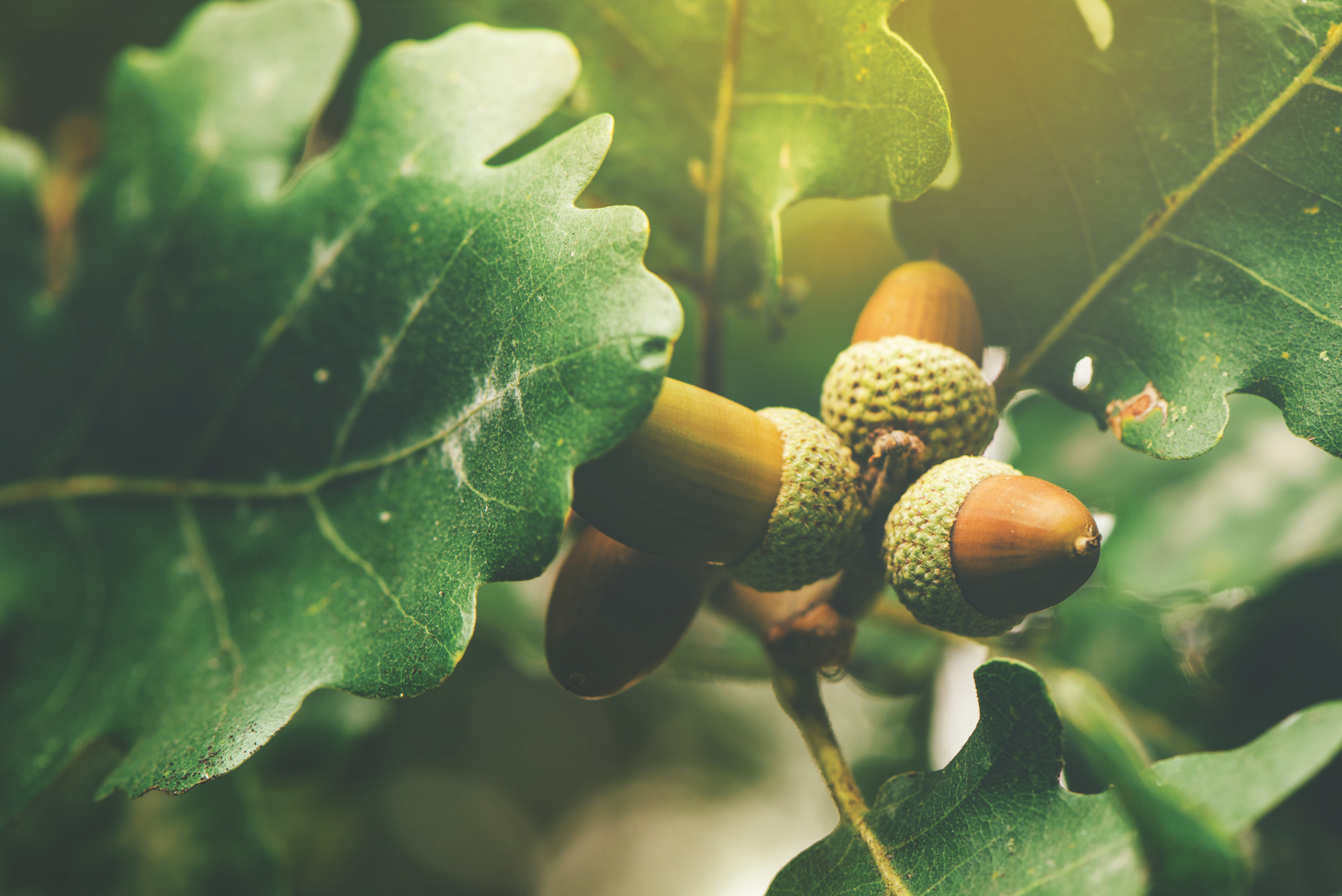
A Tree’s Life
Students discover that trees have life stages that are similar to those of other living things. They discuss a tree’s role in the ecosystem at each stage of its life.

Students discover that trees have life stages that are similar to those of other living things. They discuss a tree’s role in the ecosystem at each stage of its life.
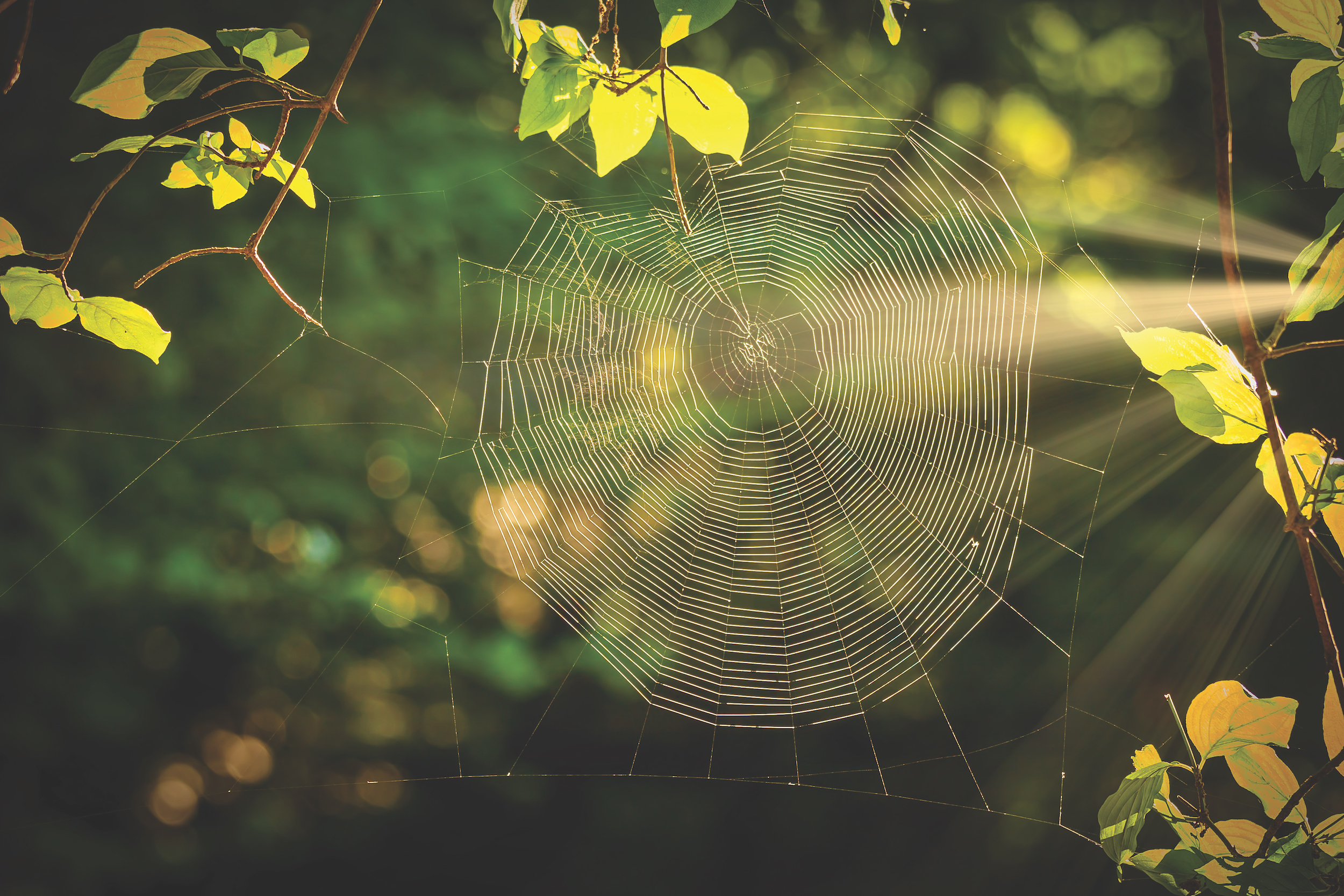
By conducting research and modeling a food web, students take a close look at a forest ecosystem and discover ways that plants and animals are connected to one another.
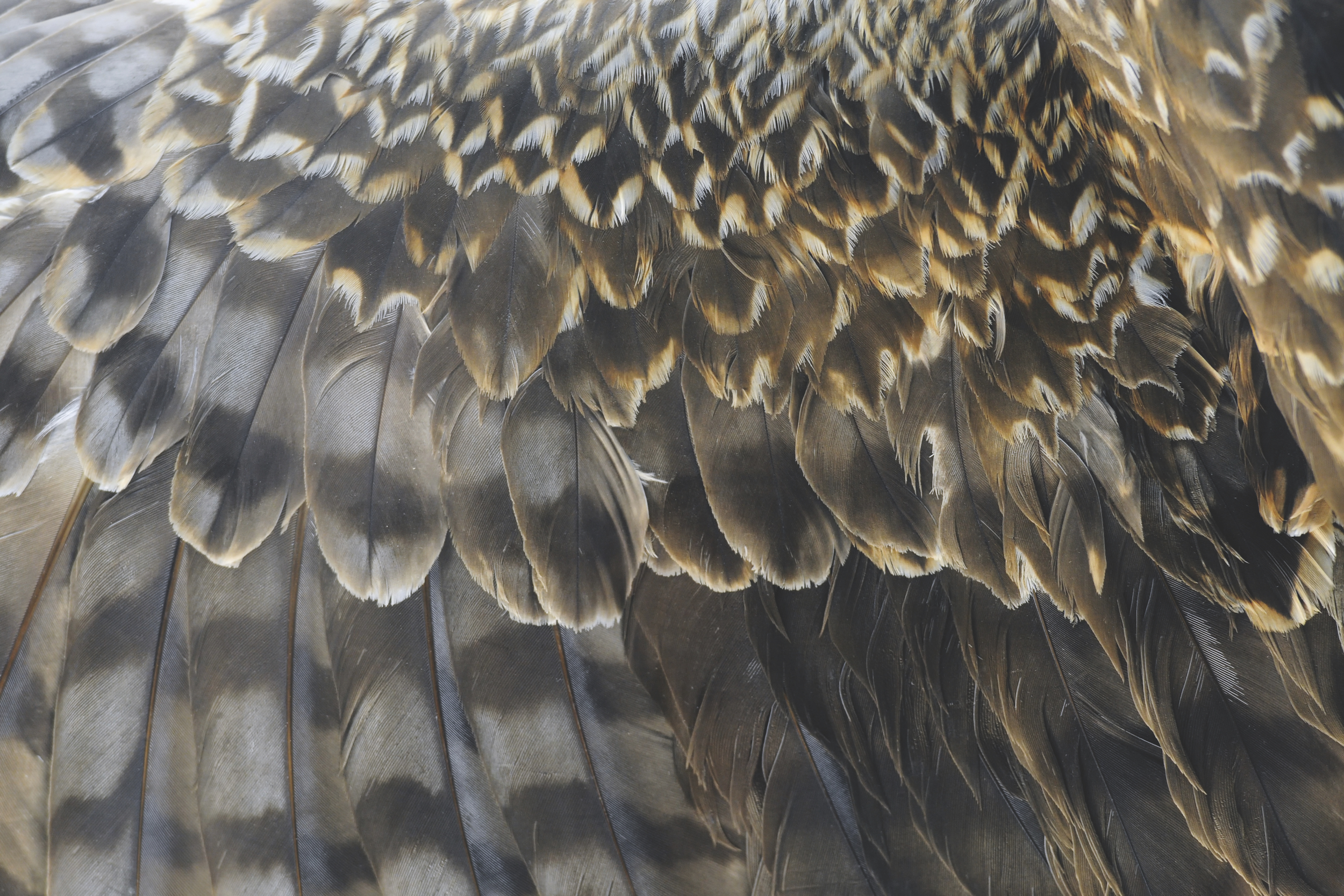
Students explore the amazing diversity of life on Earth and discover how plants and animals are adapted for survival. This activity helps students understand why there are so many different species and teaches them the value of biodiversity.

Students imagine that they are visitors from outer space, viewing life on Earth for the first time. By describing in minute detail all the life they find in a small plot of land, they will become more aware of the diversity and abundance of life.
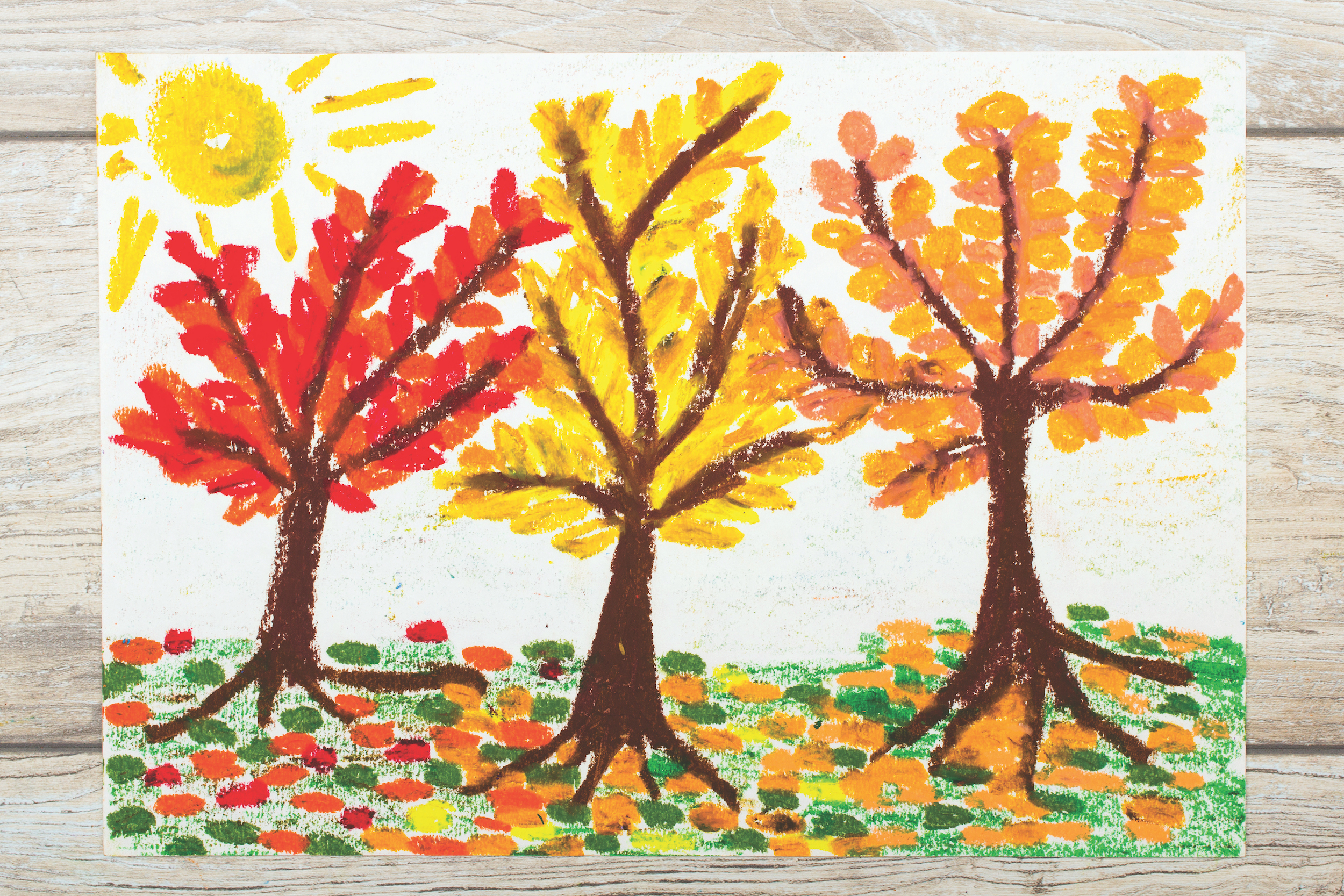
Even though students may be very familiar with trees, they may not have thought much about the actual structure of a tree. In this activity, your students will go outdoors or view pictures to take a closer look at trees and their parts.
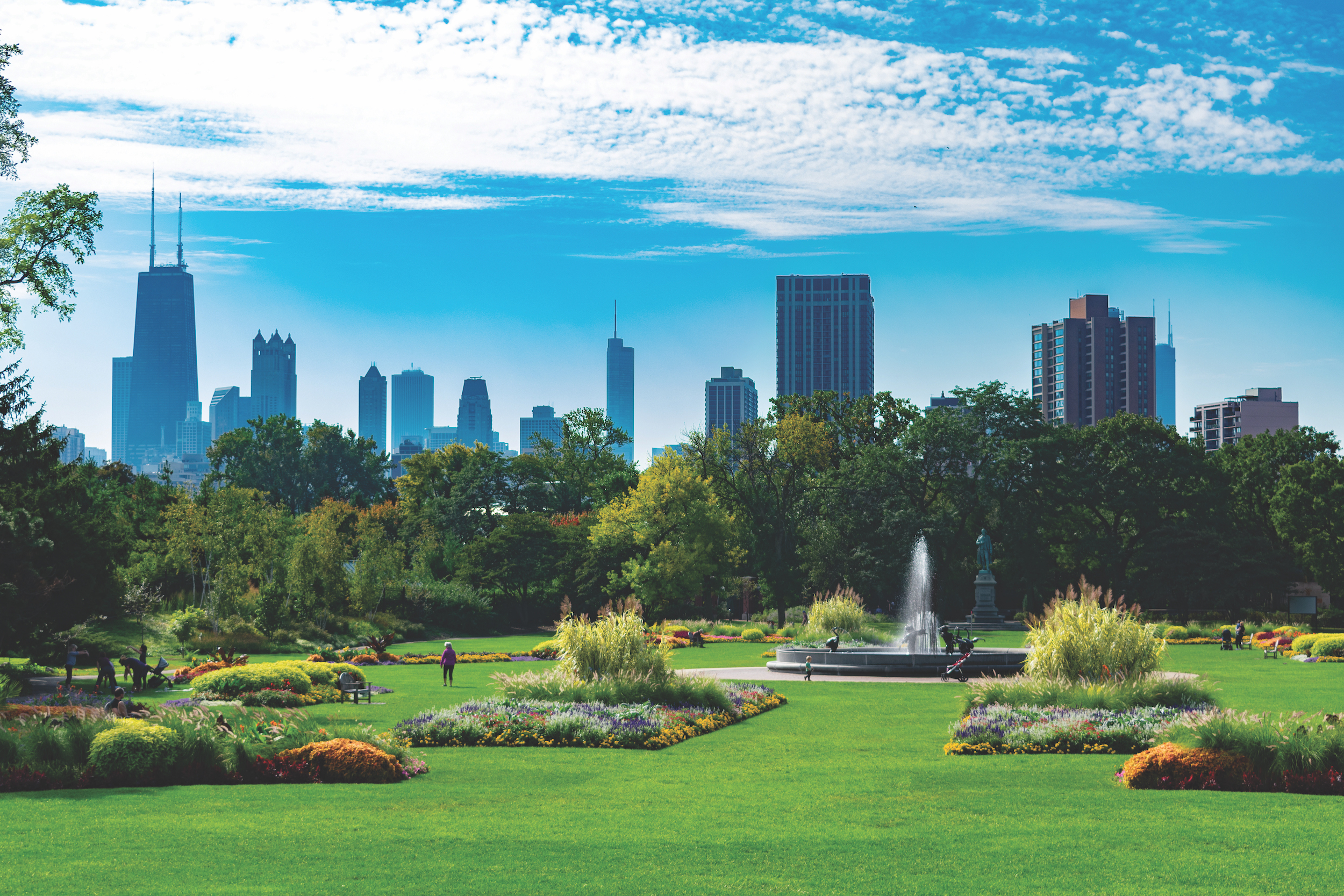
The trees in our communities provide many benefits: they improve air quality, store carbon, and conserve energy.
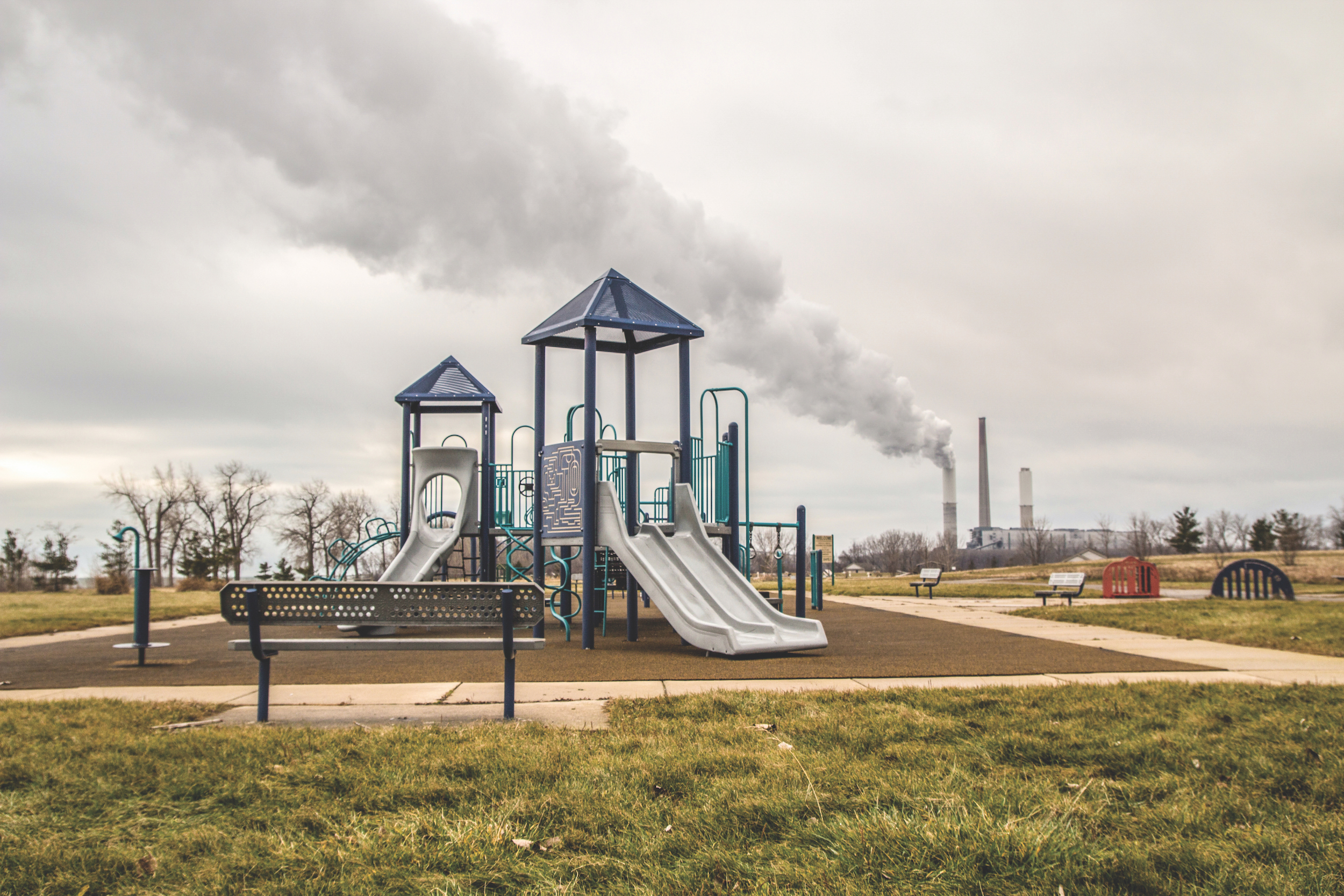
Everyone has an equal right to a healthy environment—but does everyone have a healthy environment?
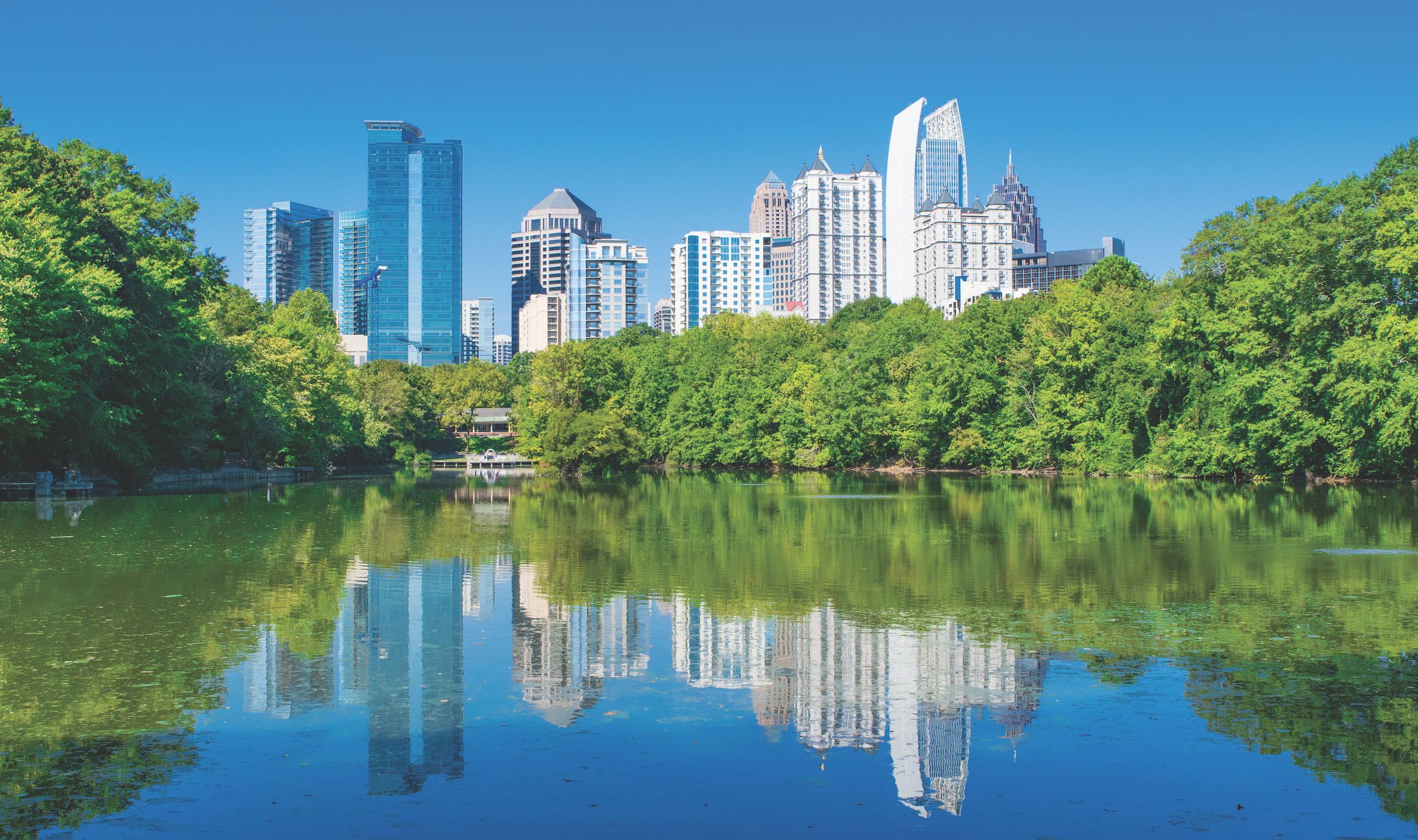
Decisions about community land use are complex and often involve many people in many ways. In this activity, students use trees as a backdrop to develop a land-use plan.
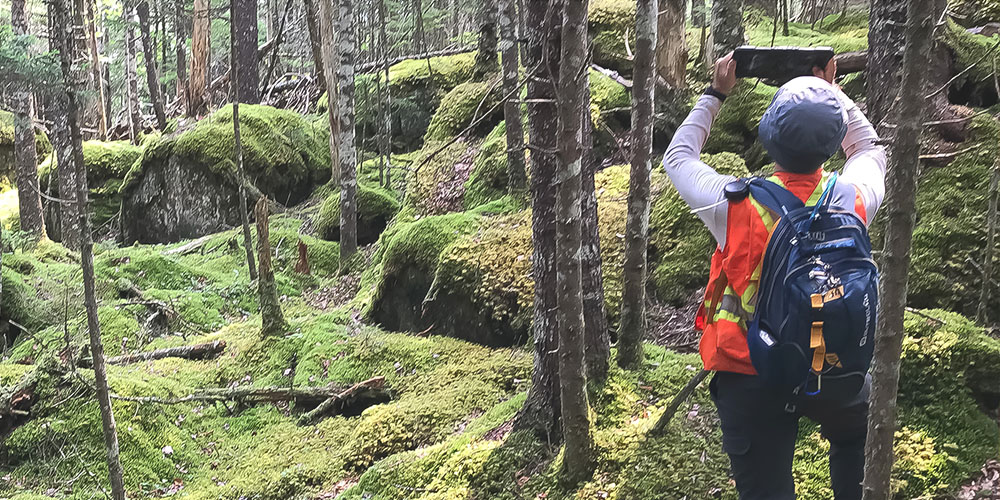
Learners explore the concept of sustainability by examining the United Nations’ 17 Sustainable Development Goals, while also taking a look at some jobs involved in ensuring forest sustainability.

Through a variety of health indicators, learners assess the health of a forest area and see how soil scientists, wildlife biologists, arborists, and other forest professionals monitor forests.